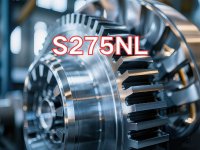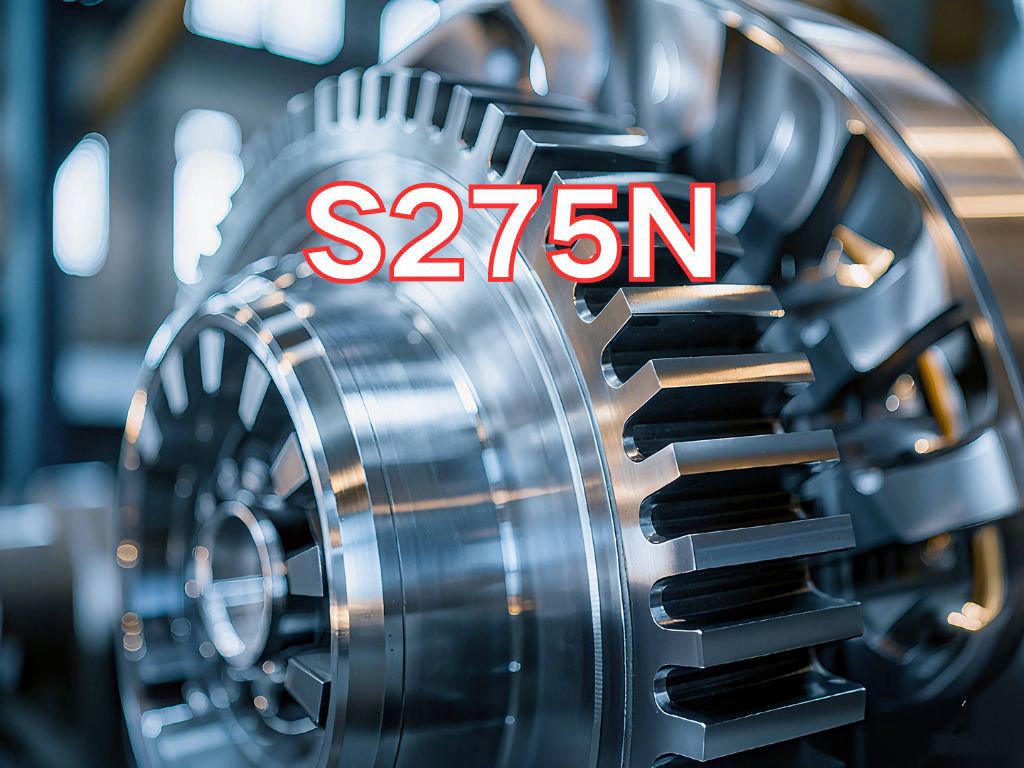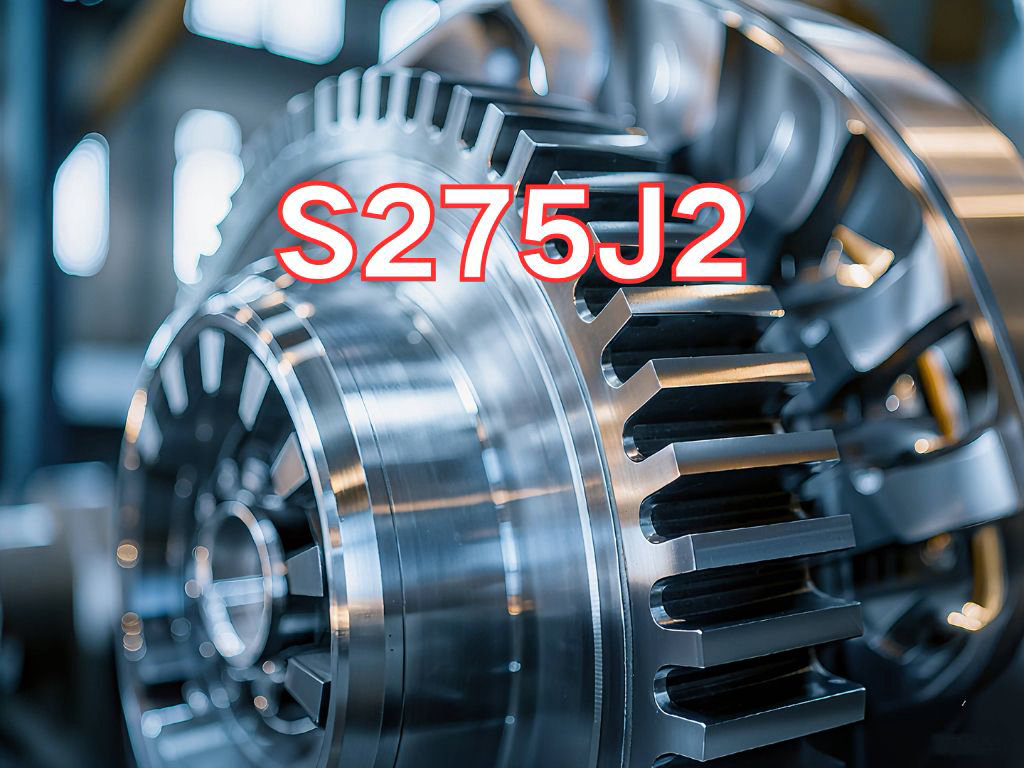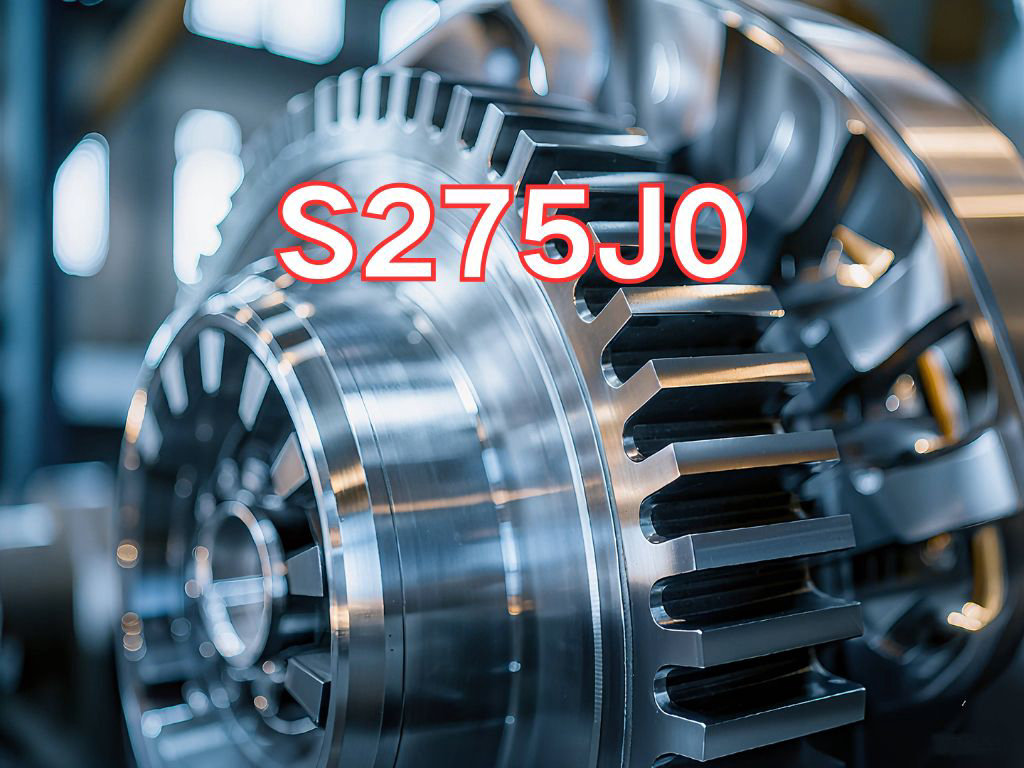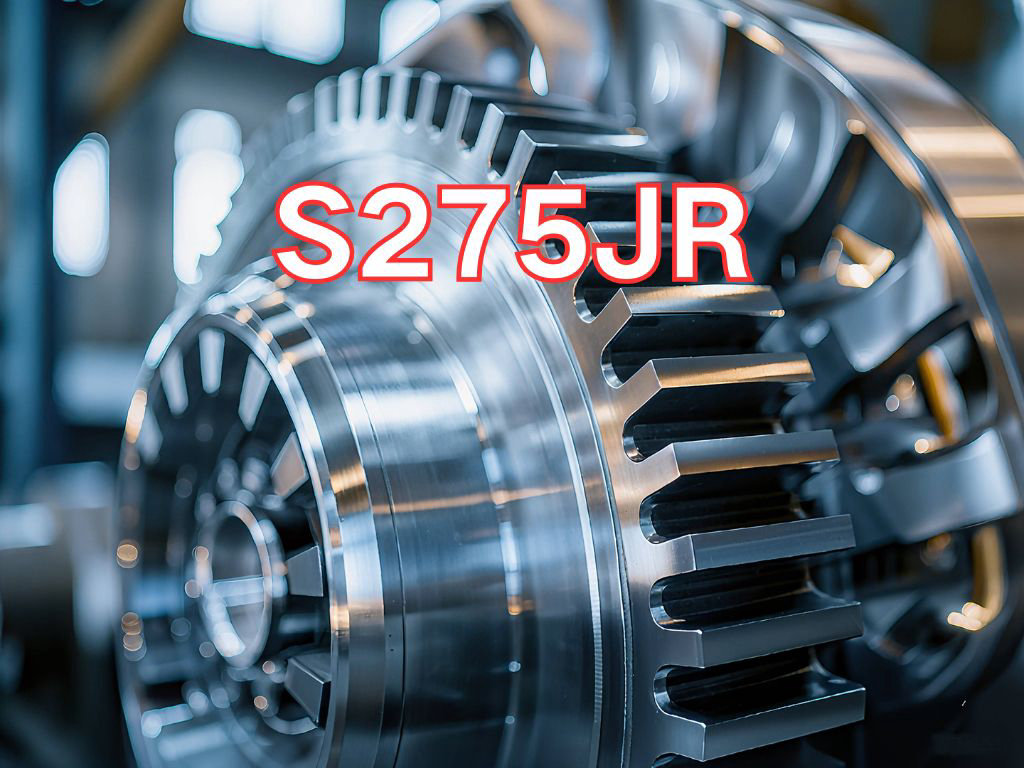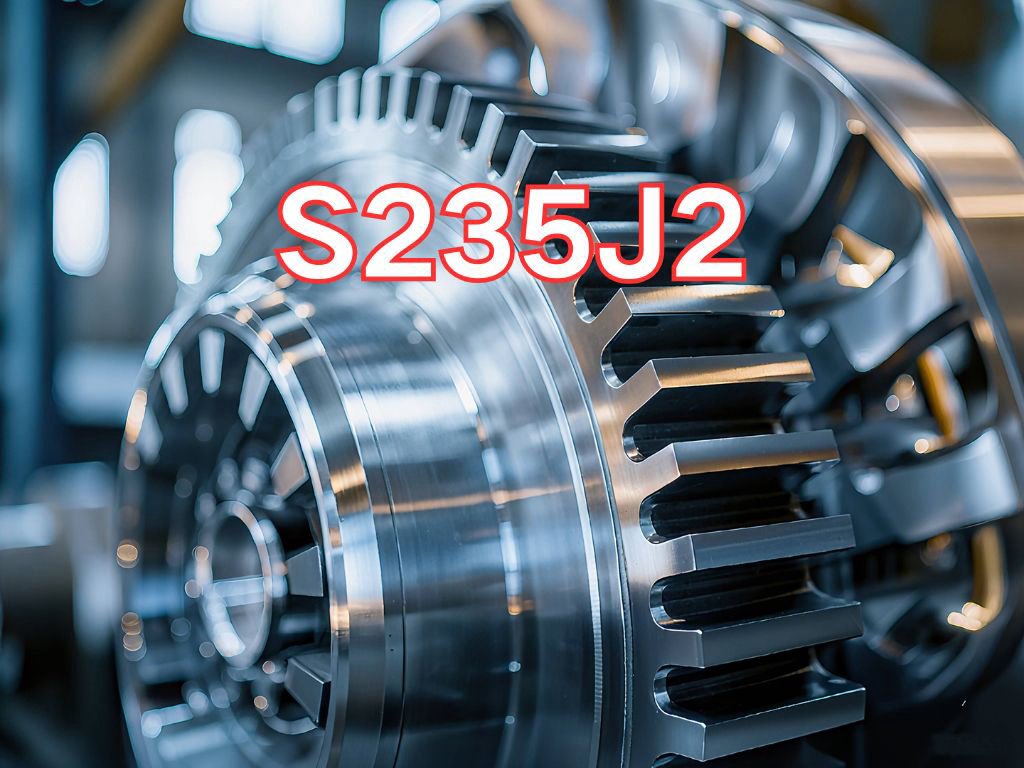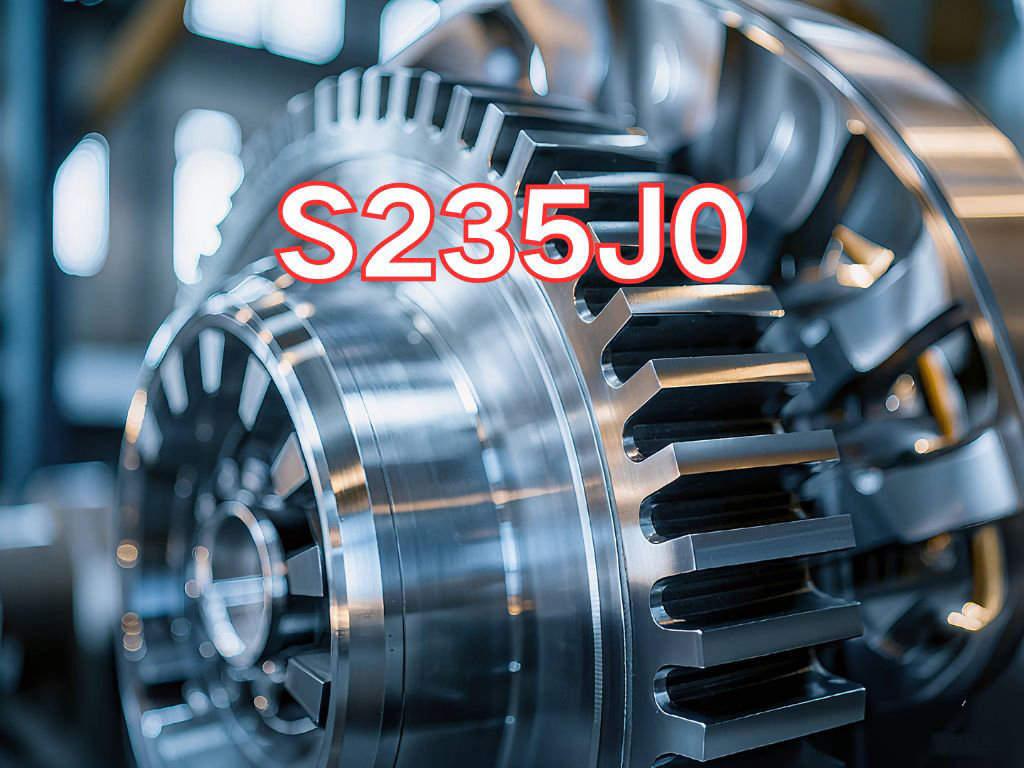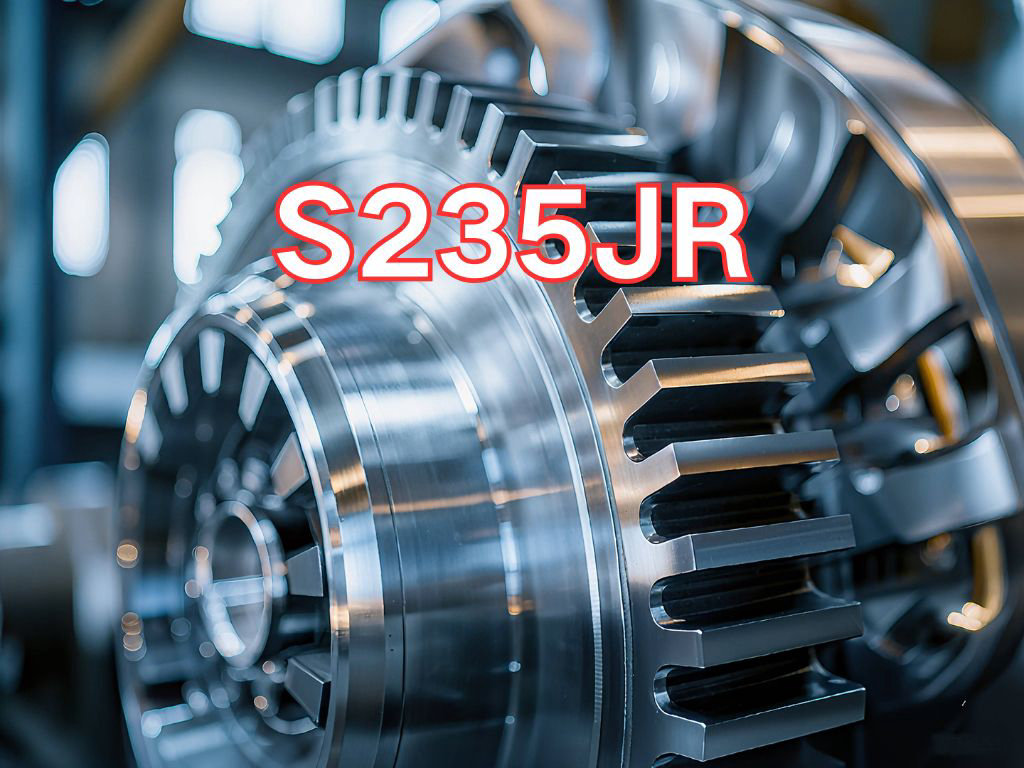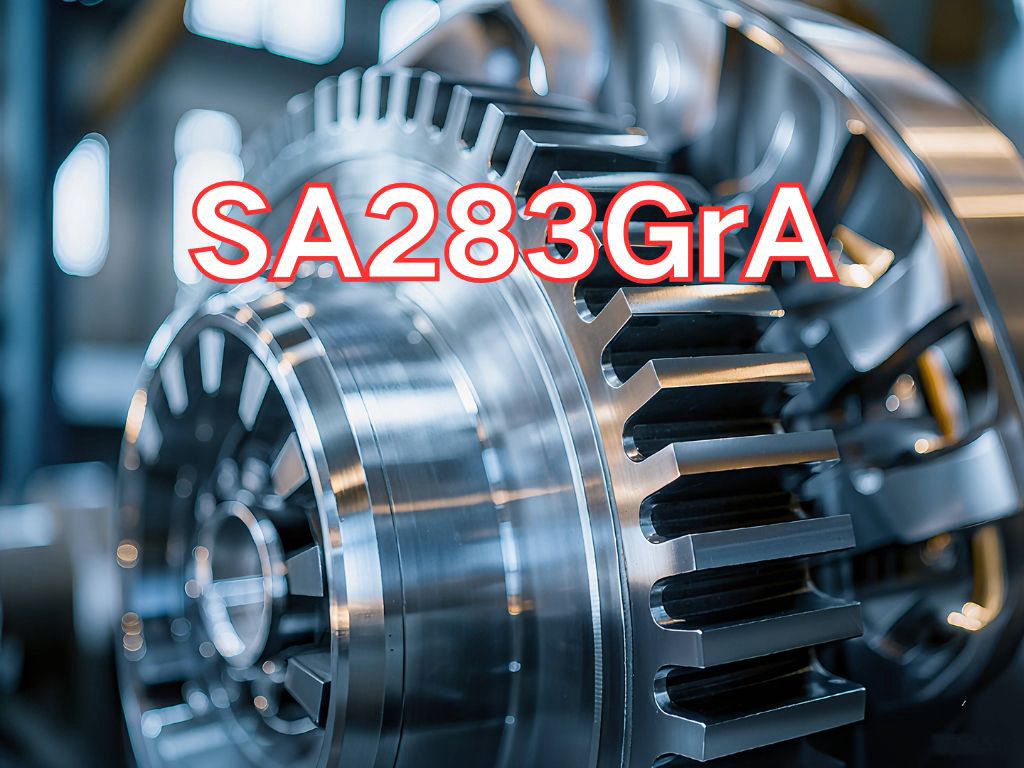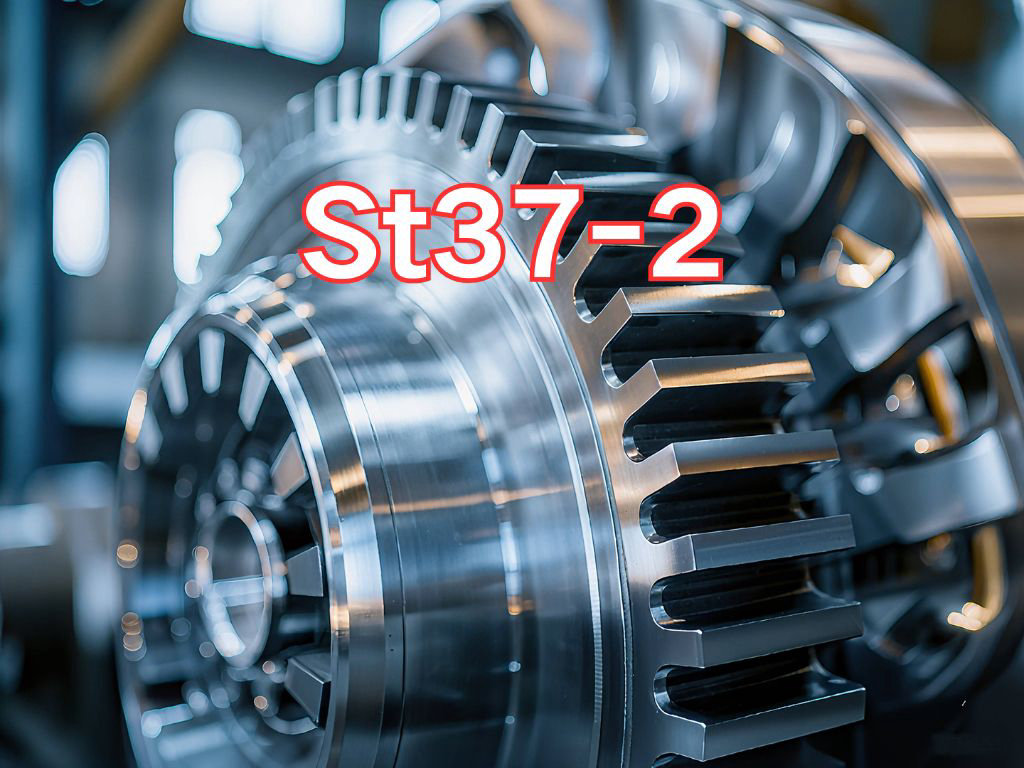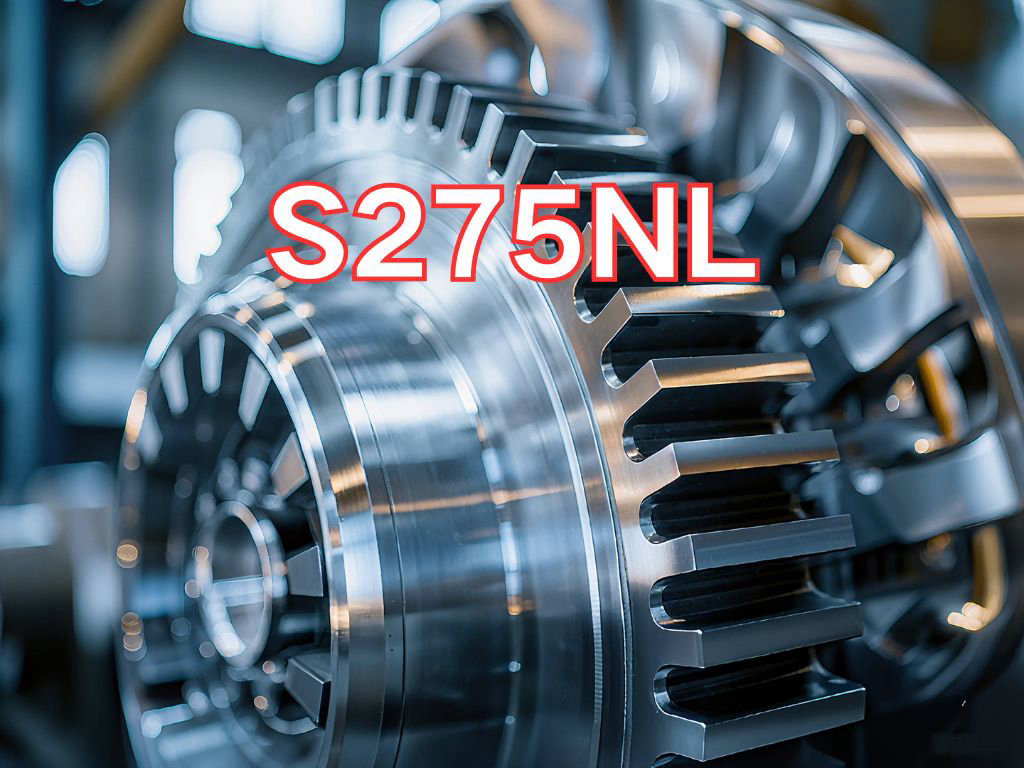

S275NL
S275NL is a non-alloy fine-grain structural steel plate, designated according to the European standard EN 10025-3:2019 "Hot Rolled Products of Structural Steels – Part 3: Technical Delivery Conditions for Normalized or Normalized Rolled Weldable Fine Grain Structural Steels". This standard specifically covers fine-grain structural steels produced by normalized rolling or full normalization. As a medium-strength grade within this standard, S275NL builds upon S275N by further enhancing the requirements for low-temperature impact toughness. It is specifically designed for load-bearing structures operating in low-temperature environments with stringent demands on weldability and toughness, making it a high-grade structural material with superior performance compared to conventional hot-rolled and standard normalized steels.
The designation "S275NL" follows the systematic naming convention of European standards and has a clear meaning:
"S" stands for "Structural steel", indicating its structural application.
"275" denotes the specified minimum yield strength of 275 MPa. This strength level is comparable to the S275JR, J0, J2, and N series and belongs to the medium-to-high strength category, suitable for engineering structures subjected to significant loads.
"N" signifies the delivery condition as "Normalized Rolling". In EN 10025-3, "N" specifically means the steel is delivered in the normalized rolling or fully normalized condition. Normalized rolling is a controlled process where the steel is rolled within a specific temperature range and then uniformly cooled in air (normalizing), effectively refining the grain structure, improving microstructural uniformity, reducing residual stresses, and enhancing overall mechanical properties.
"L" represents the low-temperature impact toughness grade. In EN 10025-3, "L" indicates that the steel must undergo Charpy V-notch impact testing at an extremely low temperature of -50°C, with a minimum average absorbed energy of 27 joules (J). Therefore, the "NL" combination means the steel not only undergoes normalization to achieve a fine-grain structure but must also guarantee excellent impact toughness at -50°C. This requirement makes its performance far superior to grades tested only at room temperature (S275N) or at -20°C (S275J2), establishing it as a critical material for severe cold regions or extreme low-temperature service conditions.
The primary application of S275NL steel plate is in manufacturing welded structural components requiring exceptionally high toughness and weldability under extremely cold environments or intense dynamic loading. It is widely used in regions with severe winters, such as Northern Europe, Russia, Canada, and Mongolia, as well as in engineering projects with extremely high demands for structural safety and reliability. Typical applications include:
Infrastructure in Cold Climates: Bridges, towers, industrial buildings, and port facilities, ensuring good impact resistance at temperatures around -50°C and preventing brittle fracture.
Heavy Machinery and Equipment: Frames, bases, and critical connection parts for excavators, cranes, mining machinery, and drilling platforms operating in polar or arctic regions, to withstand low temperatures and vibration.
Transportation: Bodies and chassis for freight wagons and special-purpose vehicles operating in cold regions, to endure dynamic stresses and extreme weather during service.
Energy and Industrial Facilities: Support structures for liquefied natural gas (LNG) storage tanks, cryogenic piping systems, offshore platforms, and wind turbine towers—industrial structures with extremely high demands on low-temperature toughness.
High-Safety-Integrity Structures: Support structures in seismic zones or for critical public facilities to enhance overall seismic and fatigue resistance.
Its main characteristics include:
Exceptional Low-Temperature Impact Toughness: The "L" grade requires impact testing at -50°C, ensuring excellent toughness and resistance to brittle fracture in extreme cold.
Fine-Grain Structure and High Performance: The normalized rolling process refines the grain size, enhancing strength, toughness, and microstructural uniformity.
Excellent Weldability: Grain refinement and uniform microstructure reduce susceptibility to welding cracks and provide good heat-affected zone (HAZ) toughness, suitable for complex welded structures.
Good Ductility and Elongation: Sufficient elongation allows for cold bending, stamping, and other forming operations.
Higher Quality Stability: The production process requires strict control of chemical composition and rolling parameters to ensure performance compliance.

Ultrasonic Testing (UT)
A key non-destructive testing technique that uses high-frequency sound waves to detect internal flaws in steel plates. The probe emits sound waves, which reflect when encountering defects such as cracks or inclusions. The receiver captures the echoes, enabling precise determination of defect location and size. With high sensitivity, strong penetration, and fast inspection speed, UT effectively ensures internal quality, widely used in the production of heavy plates, pressure vessel plates, and other high-end products to guarantee safety and reliability.

Magnetic Particle Testing (MT)
A common surface inspection method that magnetizes the workpiece, causing leakage magnetic fields at surface or near-surface defects like cracks or inclusions, which attract magnetic particles to form visible indications. Simple to operate and highly sensitive, MT is suitable for rapid inspection of surface and near-surface flaws in ferromagnetic materials, widely used for online or offline inspection of plate edges, ends, and welds, ensuring product quality and safety.

Penetrant Testing (PT)
A non-destructive method for detecting surface-breaking flaws. A penetrant liquid is applied to the cleaned steel surface, allowing it to seep into defects such as cracks or pores. After removing excess penetrant, a developer is applied, causing the trapped penetrant to bleed out and form visible indications. Simple and cost-effective, PT is suitable for inspecting surface defects in various non-porous materials, commonly used for welds, castings, and complex components, effectively ensuring surface quality of steel plates.

